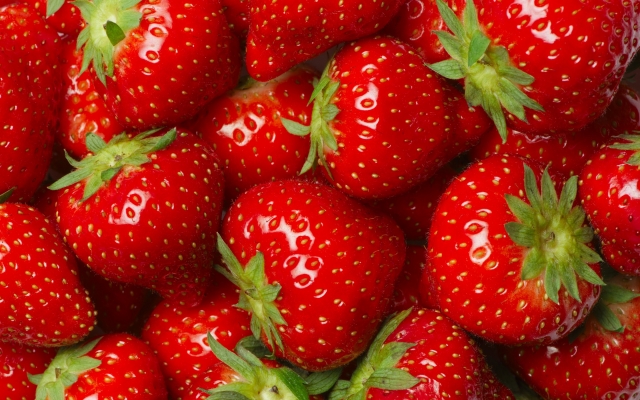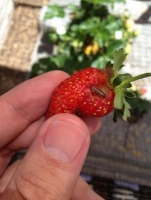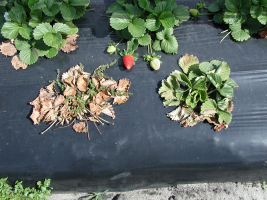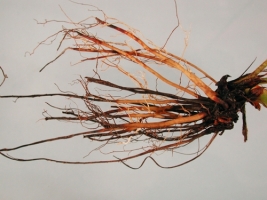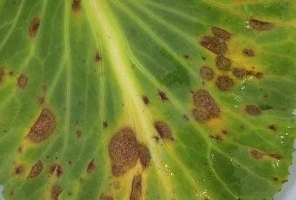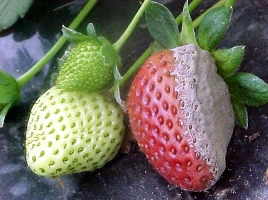Tioga: It has large shaped fruit, flesh and peel is relatively hard and tasty, good keeping quality, suitable for transportation. It contains 0.70% acidic and 7.0% T.S.S content. It is resistant to bacterial disease.
Torrey: It has large shaped fruit which is cone shaped, flesh and peel is relatively less thick, good in taste, suitable for transportation and has good quality. The fruits start mature in first week of April. It contains 0.70% acidic and 7.0% T.S.S content.
Chandler: Fruit is cone shaped, sometimes long and flat, shining, smooth and attractive, flesh has same color as of fruit, hard and strong, medium sized plant, straight, medium ability to produce runner, self-pollinating variety.
Selva (mid hills): unaffected variety from long day, cone shaped fruit, sweet flesh which is hard and red in color, sweet-sour in taste, more storage capacity, less danger of pest and diseases. It gives an average yield of 200-250gm/plant.
Other state varieties:
For the hilly areas Srinagar, Royal Sovereign and Dilpasand are suitable.
Pusa Early dwarf: Dwarf variety, suitable for north Indian plain. It has large firm wedge-shaped fruits.
Katrain Sweet: It is rich in aroma and is softer in taste.

